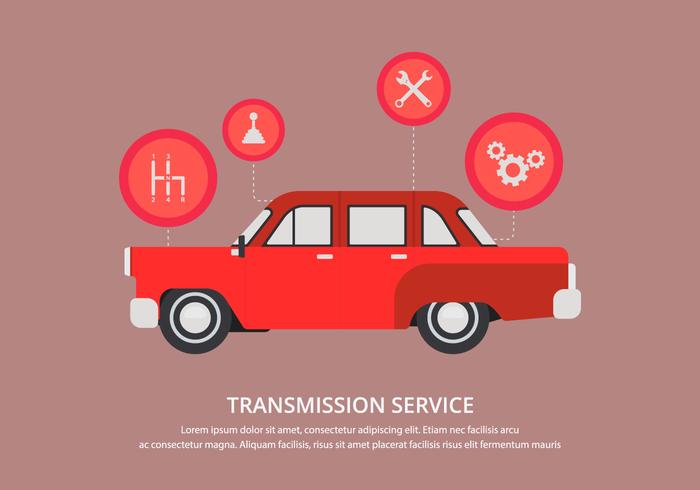Seeking Clarity On The Warning Lights Presented On Your Automobile'S Dashboard? Figure Out How They Connect To Your Vehicle'S Health And Wellness
Seeking Clarity On The Warning Lights Presented On Your Automobile'S Dashboard? Figure Out How They Connect To Your Vehicle'S Health And Wellness
Blog Article
Post Developed By-Boye Forbes
When you're behind the wheel, those glowing warning lights on your dashboard can be a bit complicated. Do you recognize what they're trying to tell you regarding your vehicle's health? Comprehending the value of these lights is crucial for your safety and security and the longevity of your lorry. So, the next time one of those lights pops up, would not you intend to analyze its message properly and take the needed actions to address it?
Common Warning Lighting and Interpretations
Recognize common warning lights in your cars and truck and recognize their meanings to ensure safe driving.
One of the most common caution lights include the check engine light, which signifies concerns with the engine or discharges system. If this light begins, it's vital to have your automobile examined without delay.
The oil stress warning light suggests low oil stress, calling for instant focus to prevent engine damage.
A flashing battery light may recommend a malfunctioning charging system, potentially leaving you stranded if not addressed.
car wash products nz tracking system (TPMS) light notifies you to reduced tire stress, influencing lorry security and gas effectiveness. Overlooking this can bring about hazardous driving problems.
The abdominal light indicates an issue with the anti-lock stopping system, jeopardizing your ability to stop quickly in emergency situations.
Lastly, the coolant temperature alerting light warns of engine overheating, which can cause extreme damages if not dealt with quickly.
Recognizing these typical caution lights will assist you deal with concerns immediately and maintain risk-free driving problems.
Importance of Prompt Focus
Understanding the usual warning lights in your auto is just the initial step; the value of promptly dealing with these cautions can't be stressed sufficient to ensure your safety and security when driving.
When a caution light illuminates on your control panel, it's your auto's means of communicating a possible concern that needs focus. Overlooking these warnings can result in more extreme problems in the future, compromising your safety and possibly costing you more in repairs.
dirty detailing to advising lights can stop failures and mishaps. For example, a flashing check engine light might indicate a misfire that, if left ignored, might trigger damage to the catalytic converter. Addressing this quickly can save you from a costly repair.
In a similar way, a brake system advising light could signify reduced brake fluid or worn brake pads, critical parts for your security when driving.
Do It Yourself Troubleshooting Tips
If you see a caution light on your dashboard, there are a couple of do it yourself troubleshooting ideas you can attempt prior to looking for specialist assistance.
The first step is to consult your automobile's handbook to understand what the specific caution light shows. In some cases the problem can be as simple as a loosened gas cap setting off the check engine light. Tightening up the gas cap might fix the problem.
One more typical issue is a low battery, which can set off numerous advising lights. Checking the battery links for deterioration and ensuring they're safe and secure may fix the problem.
If a caution light continues, you can attempt resetting it by detaching the automobile's battery for a few minutes and then reconnecting it. In addition, checking your vehicle's liquid levels, such as oil, coolant, and brake fluid, can help repair advising lights related to these systems.
Final thought
Finally, recognizing your car's caution lights is important for keeping your vehicle running efficiently and safely. By quickly resolving these alerts and recognizing what they indicate, you can stay clear of pricey repair work and possible failures.
Keep in mind to consult your car's manual for particular details on each cautioning light and act appropriately to make certain a hassle-free driving experience.
Keep informed, remain secure when driving!
